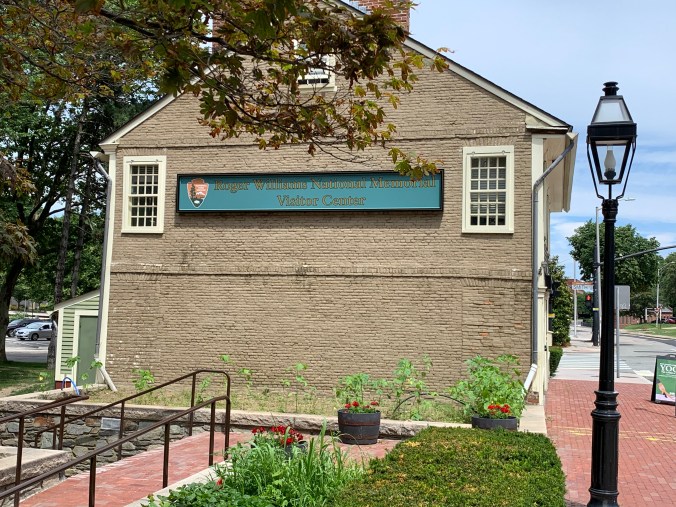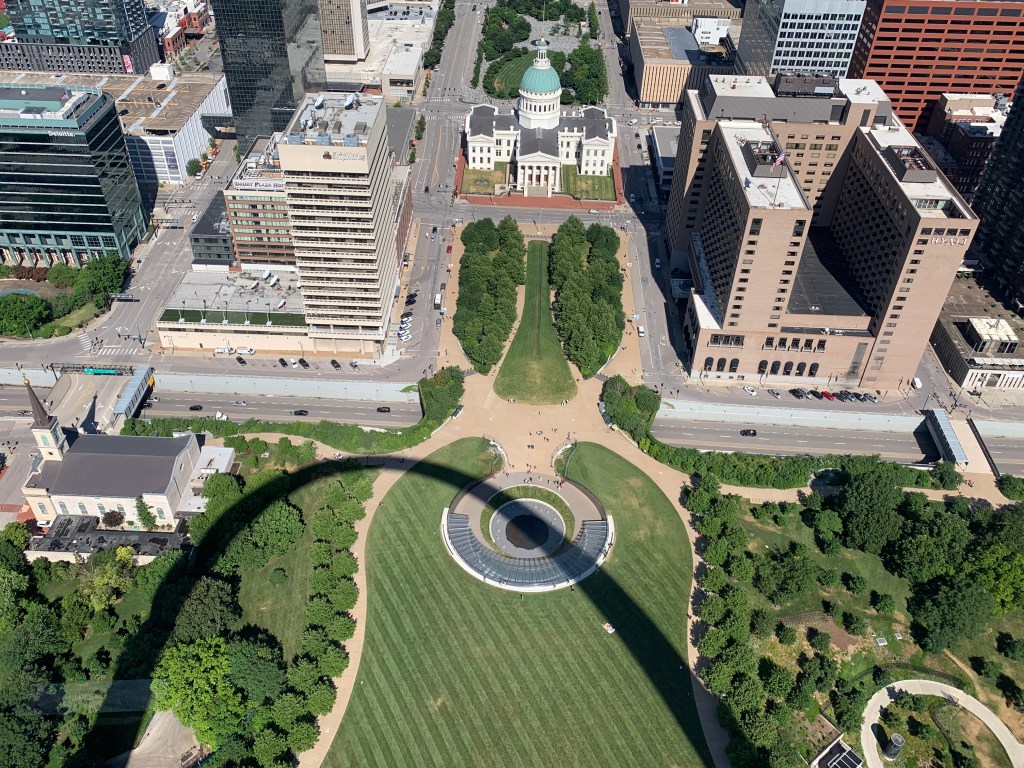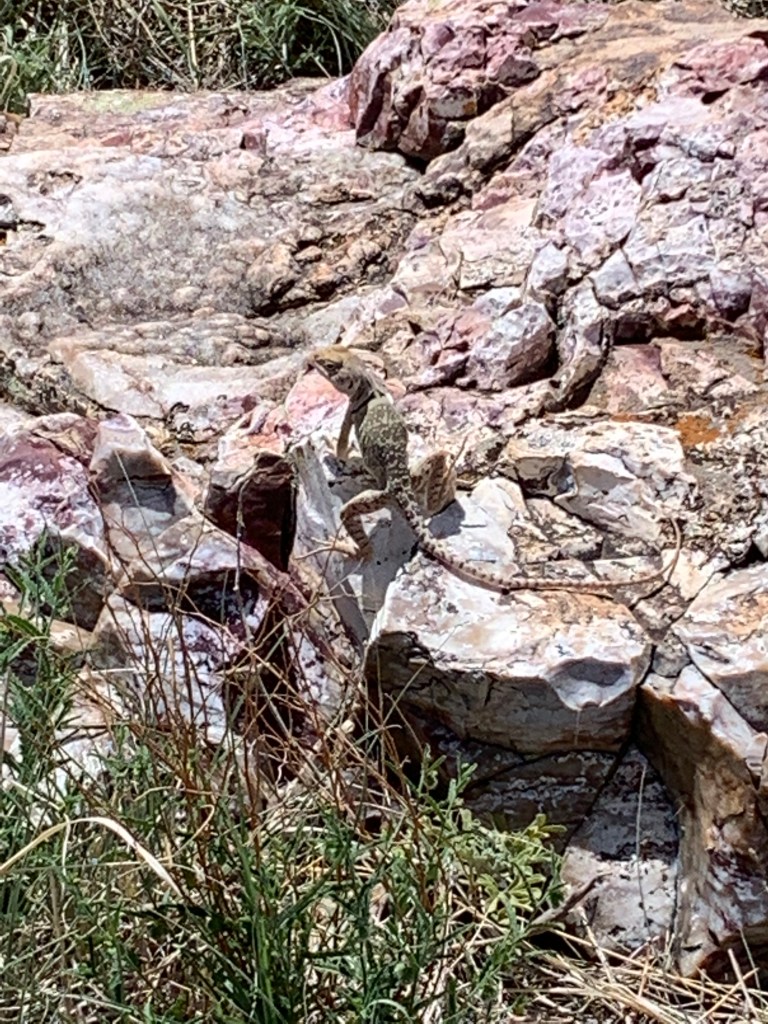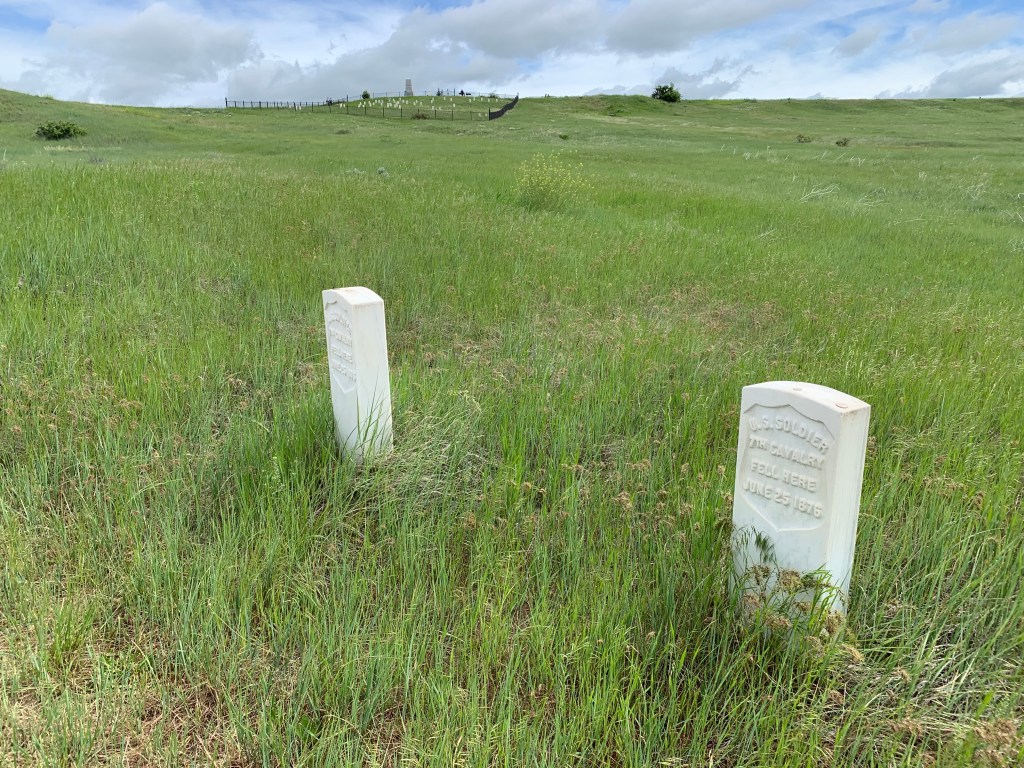
Those ignorant people who claim that America was founded as a Christian nation need to visit this site in Rhode Island. Disgusted with the forced religious conformity in England (including burning heretics), Williams moves to Boston in 1631, where the Puritans had moved to escape persecution.
“… that no civil magistrate, no King, nor Caesar, have any power over the souls or consciences of their subjects, in the matters of God and the crown of Jesus …”
Roger Williams
Williams’ idea, that the government should not control citizens’ spiritual lives, made him flee the Massachusetts Bay Colony and live with the Native Americans, learning their languages and becoming an advocate for their rights and separate beliefs. Eventually, they deeded him land and he founded “Provident’s Plantation”, now Providence, and Rhode Island became a haven of religious tolerance, for Jews, Baptists, Quakers and even atheists. It is no accident that the country’s oldest synagogue is in Rhode Island. King Charles II granted a charter to Rhode Island, fulfilling Williams’ wish, that no one would be “molested, punished or called into question” for different beliefs in 1663 over 100 years before America became a country. Other colonies copied his charter’s separation of church and state and Jefferson enshrined the concept in our Constitution’s 1st Amendment.
“Congress shall make no law respecting an establishment of religion, or prohibiting the free exercise thereof.”
The First Amendment to the US Constitution
We live in a precarious time, where a single conservative Catholic sect, Opus Dei, has used its influence to place a majority of Justices on our Supreme Court, and that Supreme Court majority has limited an established right based on their particular religious objections to abortion, ruled in favor of Christian prayer at school events, and ruled in favor of using taxpayer funds for Christian schools. This country has avoided the religious and sectarian violence and oppression common elsewhere, by granting the right to freedom of conscience, and it is a frightening step backwards almost 500 years for the court to grant favored treatment to one religion. We have never been a Christian nation, and voters are wrong to vote for one.








